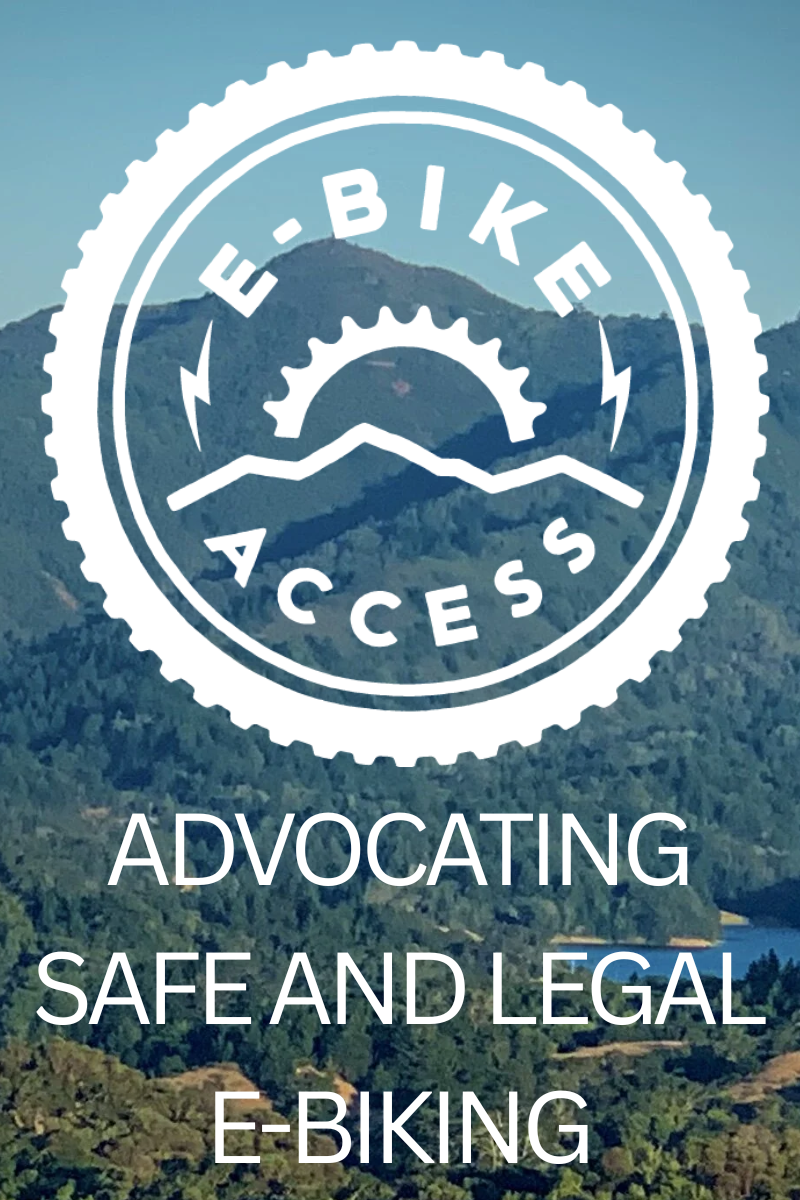What Can My Jurisdiction Do To Address the E-Moto Problem and Reduce Youth Injuries and Fatalities?
Get the data: What are your youth actually riding and what is the accident rate?
With the schools’ permission, physically count the number and brands of bicycles, e-bikes (by class) and e-motos. Ask police to track accidents by type and brand of e-bike/e-moto. Use Public Records Act to access existing records.

